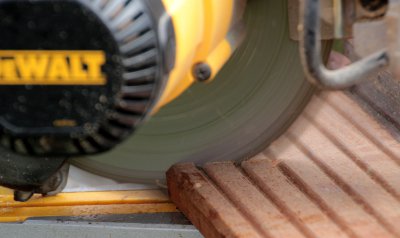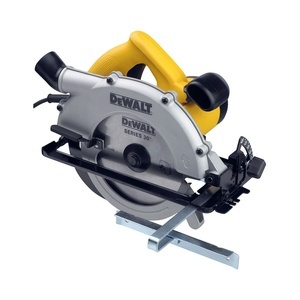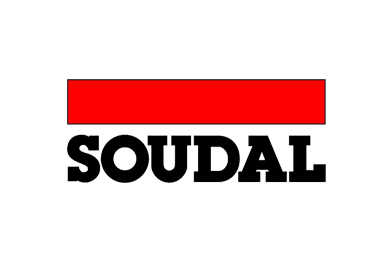Circular Saw
Power saws are tools designed for cutting wooden elements. With their help, boards can be cut for formwork, as well as for flooring and fence posts.
Circular saw – applications
Circular saws are invaluable when it comes to cutting wooden components such as fence posts and floorboards. However, they also work well with wood-based materials like kitchen countertops and laminate flooring. While they’re not used for cutting metal, they are suitable for certain plastics.
Circular saws – overview of key parameters
The most important parameter is the cutting depth, which tells us how thick a board the saw can cut through. Another crucial factor is the saw’s power—higher power translates into better performance and efficiency.
Saws – most interesting features

Today, there are saws that completely eliminate the issue of maximum cutting depth. The standard blade can easily be swapped for a chainsaw attachment, allowing even for small tree felling. Increasingly, models feature electronic control systems that maintain a constant blade speed during cutting. Some saws come with dust bags to collect particles generated during work, and these can be replaced with containers equipped with microfilters. Another useful feature is a viewing window in the blade guard, which is invaluable for keeping the cutting line in sight. For even greater precision, an integrated work light is a helpful addition.
Accessory options overview
Manufacturers offer various blade types. Those designed for fast cutting can be swapped with ones for precision work. Other helpful accessories include circular and lens cutters, and a metal guide rail for parallel cuts.
How to use a circular saw
Before starting, it’s essential to determine the required cutting depth and ensure that there are no obstructions along the cutting line. Avoid using blades not approved by the manufacturer or those that are damaged—even if the defect appears minor.
Always check that the blade begins rotating before it touches the material. Don’t begin cutting with the blade fully embedded in the material. The saw blade should protrude no more than ¾ of its height. Otherwise, it may bind and become damaged.
Circular saws are designed for straight-line cuts. Keep in mind that the blade can tear up the surface near the cut. For a clean finish, it’s best to cut from the opposite side of the material. Also, regularly check that the blade is properly lowered and functioning correctly.





















